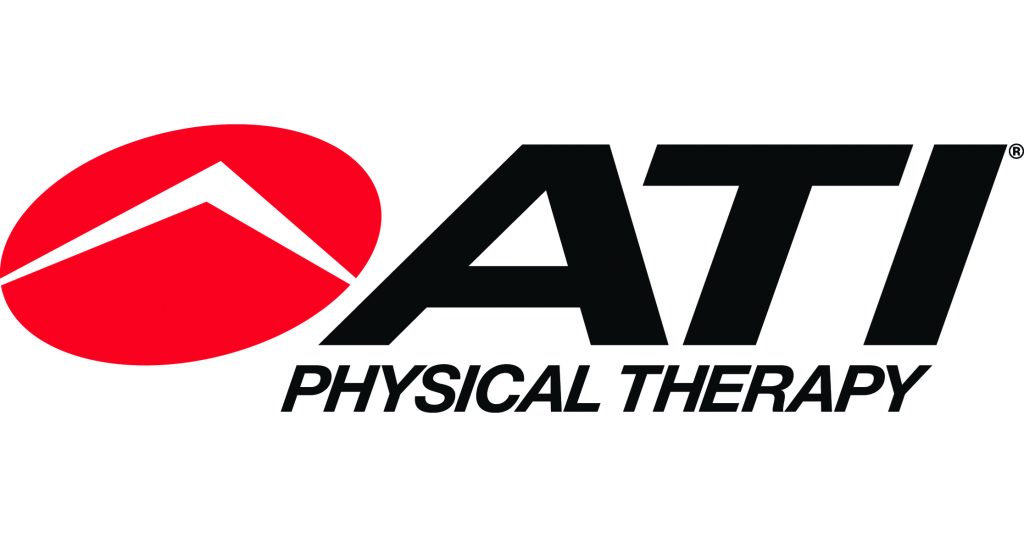New payment models that promote early conservative care, like physical therapy, may help reduce costs and improve value for treatment of musculoskeletal conditions.
DOWNERS GROVE, Ill., Oct. 30, 2025 /PRNewswire/ — A program that removes copays for physical therapy is associated with lower rates of costly health care services like imaging, injection, and surgery, according to findings from a new study from ATI Physical Therapy and the Duke Clinical Research Institute (DCRI). The report, “Episode of Care Characteristics following Implementation of a No Co-pay Physical Therapy Program for Musculoskeletal Conditions” was published on October 24 in the Physical Therapy and Rehabilitation Journal and made available on ptfirst.com.
When assessing each episode of healthcare service use, patients using the no copay program at ATI had lower rates of imaging and inpatient care by 7%, surgery/injection by 16%, and physician services by 57%, to using a traditional medical pathway. The no copay program episodes also had lower rates of imaging (by 9%), and physician services (by 38%) compared to physical therapy episodes that occurred outside of the ATI no copay program.
“A model that removes barriers, like patient out-of-pocket costs, to early physical therapy are effective for treatment of musculoskeletal conditions and results in lower costs,” said co-author Chuck Thigpen, PhD, PT, ATC, Chief Clinical & Strategy Officer for ATI Physical Therapy. “Our results add to the literature that clearly shows early access to physical therapy can reduce unnecessary opioids, imaging, and surgery, which in turn lowers the employee and self-funded employer healthcare costs.”
Beginning in fall of 2018, ATI partnered with a large Midwest self-insured employer to promote early access to physical therapy for over 50,000 beneficiaries by removing the patient financial obligation of copayments. The program promoted physical therapy as a first line of treatment for adult beneficiaries age 18 and older, with over 70% of those who used the no copay program accessing physical therapy on the first day of the care episode.
“This study provides more “proof-of-concept” that changing policies related to access and out-of-pocket costs can promote early, guideline-supported conservative care for musculoskeletal conditions,” said the study’s principal investigator, Trevor Lentz, PT, PhD, MPH, an Associate Professor in the Department of Orthopedic Surgery at Duke University and faculty member in the DCRI. “Given the rising costs of treating musculoskeletal conditions, payers and health care systems should consider this and similar strategies that allow patients to have greater control over their health care journey.”
ABOUT ATI PHYSICAL THERAPY
ATI Physical Therapy is a leading provider of outpatient physical therapy and rehabilitation services with hundreds of clinics across the United States. Committed to clinical excellence and innovative care delivery, ATI helps patients get back to their best with evidence-based treatment, personalized plans, and experienced clinicians.
ABOUT THE DUKE CLINICAL RESEARCH INSTITUTE
The Duke Clinical Research Institute (DCRI), part of the Duke University School of Medicine, is the largest academic clinical research organization in the world. Our mission is to develop, share, and implement knowledge that improves global health through innovative clinical research. The institute conducts multinational clinical trials, manages major national patient registries, and performs landmark outcomes research. The DCRI is a pioneer in cardiovascular and pediatric clinical research and conducts groundbreaking clinical research across multiple other therapeutic areas, including musculoskeletal care, infectious disease, neuroscience, respiratory medicine, and nephrology.
PR CONTACTS
Marie Barras
ATI Physical Therapy
[email protected]
Natalie Sayewich
Duke Clinical Research Institute
[email protected]
SOURCE ATI Physical Therapy



